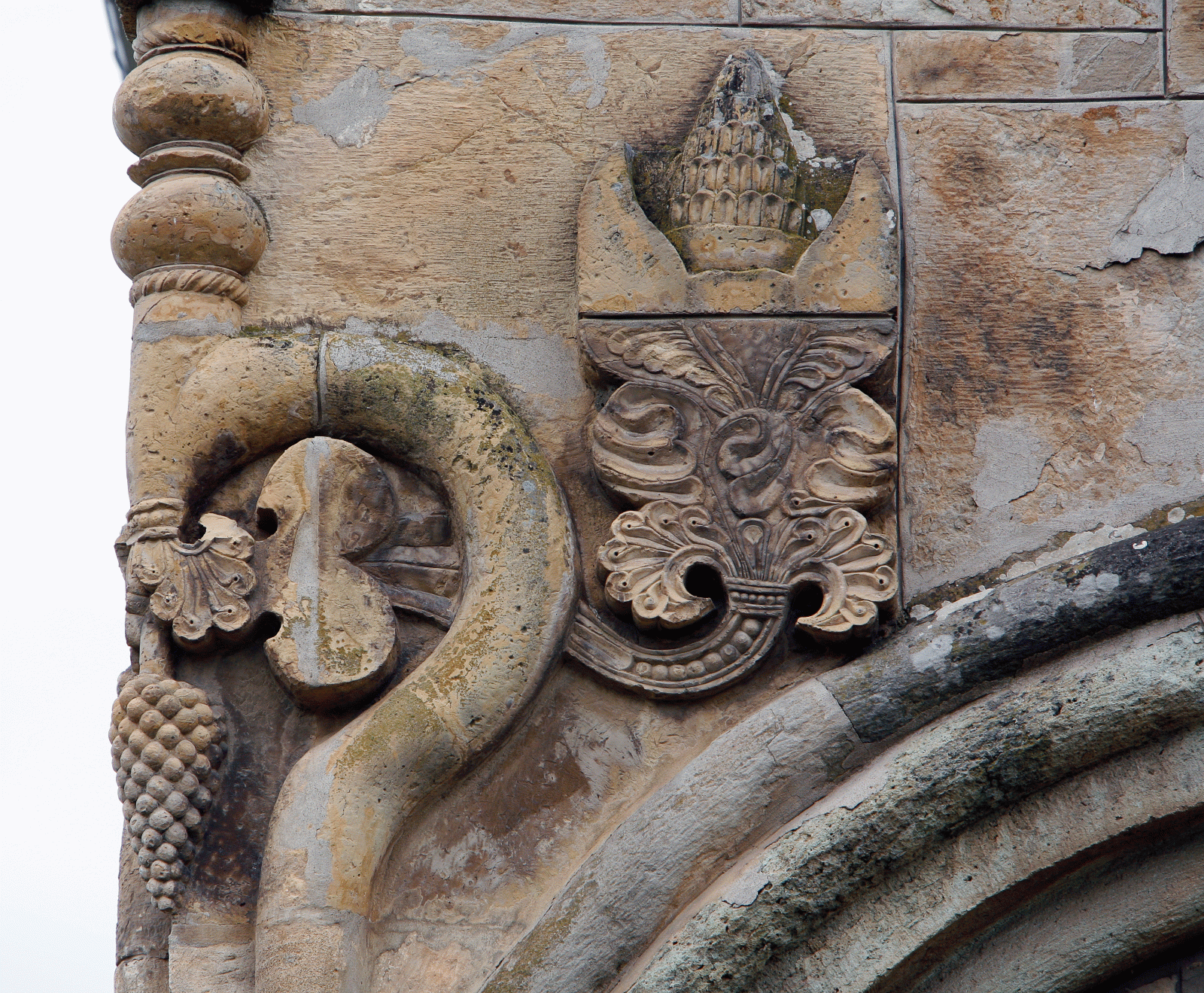Convegno
Figure and Ornament: Aesthetics, Art and Architecture in the Caucasus region, from 400 to 1650
George Chubinashvili National Research Centre, Tbilisi, the Kunsthistorisches Institut in Florenz, and the University of Basel

Figure and ornament have generally been considered as opposites. Figurative representations, however, can be ornamented or framed by ornaments, and ornaments are frequently formed by repeated figural motives, such as animals or plants. In fact, ornaments and figures are related in manifold ways and define or articulate pictorial or architectonic spaces, elaborating various aesthetic concepts. Traditionally, the distinction between figure and ornament has been understood as a consequence of specific religious belief systems and their attitude towards images. Whereas medieval Western and Byzantine Christian art has primarily been considered as figurative even if images have not always been uncontested, Islamic art, in turn, has often been perceived as iconophobic and mainly ornamental. Recent art historical research has strongly argued against such polarization, indeed the respective role of figure and ornament can no longer be seen as a basic difference between "Christian" and "Islamic" art. This opens a wide range of new questions especially for regions where Christians and Muslims were neighbours or have interacted over the centuries.
Under these premises, the conference will be dedicated to the various relationships between figure and ornament in the arts of the Caucasus from the Middle Ages until the early 17th century, in particular in Georgia, Armenia, Eastern Anatolia and Azerbaijan, also including Iran. While the current debates on the coexistence of and the cultural exchange between Christianity and Islam are mainly concentrated on the Mediterranean, the conference will take a closer look at the region between the Black Sea and the Caspian Sea, which has hardly been considered from this perspective. From early times, the Caucasian area has been characterized by an encounter and conflict between the Greco-Roman and Persian or Central Asian worlds of the Middle Ages and by the formation of Georgian and Armenian Christianity relating to Byzantium on the one hand and various Islamic cultures on the other. However, religion represents just one major aspect for understanding the arts of the Caucasian area, and another no less important aspect concerns the competing or related models of kingship and monarchical representation, often transcending religious divisions.
The cultures the conference will discuss are not to be seen as given or static units but as having been formed and transformed in relation and interaction with each other. Thus, on the one hand, the conference examines the cultural transfer of phenomena beyond regions and borders, and on the other hand it aims to diagnose and compare the elaboration of different visual cultures in the Caucasus and their aesthetics regarding figure and ornament.
Scarica
16, Zandukeli Street
Tbilisi 0108, Georgia
Avviso
Questo evento viene documentato fotograficamente e/o attraverso riprese video. Qualora non dovesse essere d’accordo con l’utilizzo di immagini in cui potrebbe essere riconoscibile, da parte del Kunsthistorisches Institut in Florenz a scopo di documentazione degli eventi e di pubbliche relazioni (p.e. social media) la preghiamo gentilmente di comunicarcelo.


